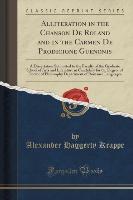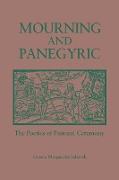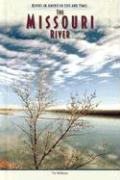Alliteration in the Chanson De Roland and in the Carmen De Prodicione Guenonis
BücherAngebote / Angebote:
Excerpt from Alliteration in the Chanson De Roland and in the Carmen De Prodicione Guenonis: A Dissertation Submitted to the Faculty of the Graduate School of Arts and Literature in Candidacy for the Degree of Doctor of Philosophy Department of Romance Languages
The occurrence of alliteration in Romance prose and verse has for years been a well established fact Most scholars who have dealt with Old French alliteration have considered only that of coordinated words For the purpose of finding alliterating formulas of genuinely popular character, this method of procedure is doubtless the right one, since a comparative study tells us that popular alliteration is found with coordinated words only. Kohler admits that intentional use of alliteration can be found outside this group, and wherever alliteration occurs as a poetic device, in Greek, Latin, Teutonic, and Provencal poetry, it is not restricted to coordinated words. What is needed, therefore, is a study on the use of alliteration as a means of poetic technique in at least one monument of Old French literature, and for many reasons the Chanson de Roland deserves the first place in our attention.
A discussion of the term alliteration, though necessary, may be dispensed with here, since its different definitions have received adequate treatment in most of the studies mentioned in the bibliography. I take, then, as a basis the definition of Plautinus: Fitalliteratioquoties dictiones continuatae vel binae vel ternae ab iisdem primis consonantibus, mutatis aliquando vocalibus, aut ab iisdem incipiunt syllabis, aut ab iisdem primis vocalibus.
To this must be added some supplementary remarks and modifications. Riese, Kohler, and Kriete, following the example of Wolfilin, went on the assumption that each vowel alliterates only with itself, as a with a, owith o, etc., as in Latin, contrary to Teutonic usage.
About the Publisher
Forgotten Books publishes hundreds of thousands of rare and classic books. Find more at www.forgottenbooks.com
This book is a reproduction of an important historical work. Forgotten Books uses state-of-the-art technology to digitally reconstruct the work, preserving the original format whilst repairing imperfections present in the aged copy. In rare cases, an imperfection in the original, such as a blemish or missing page, may be replicated in our edition. We do, however, repair the vast majority of imperfections successfully, any imperfections that remain are intentionally left to preserve the state of such historical works.
Folgt in ca. 5 Arbeitstagen


